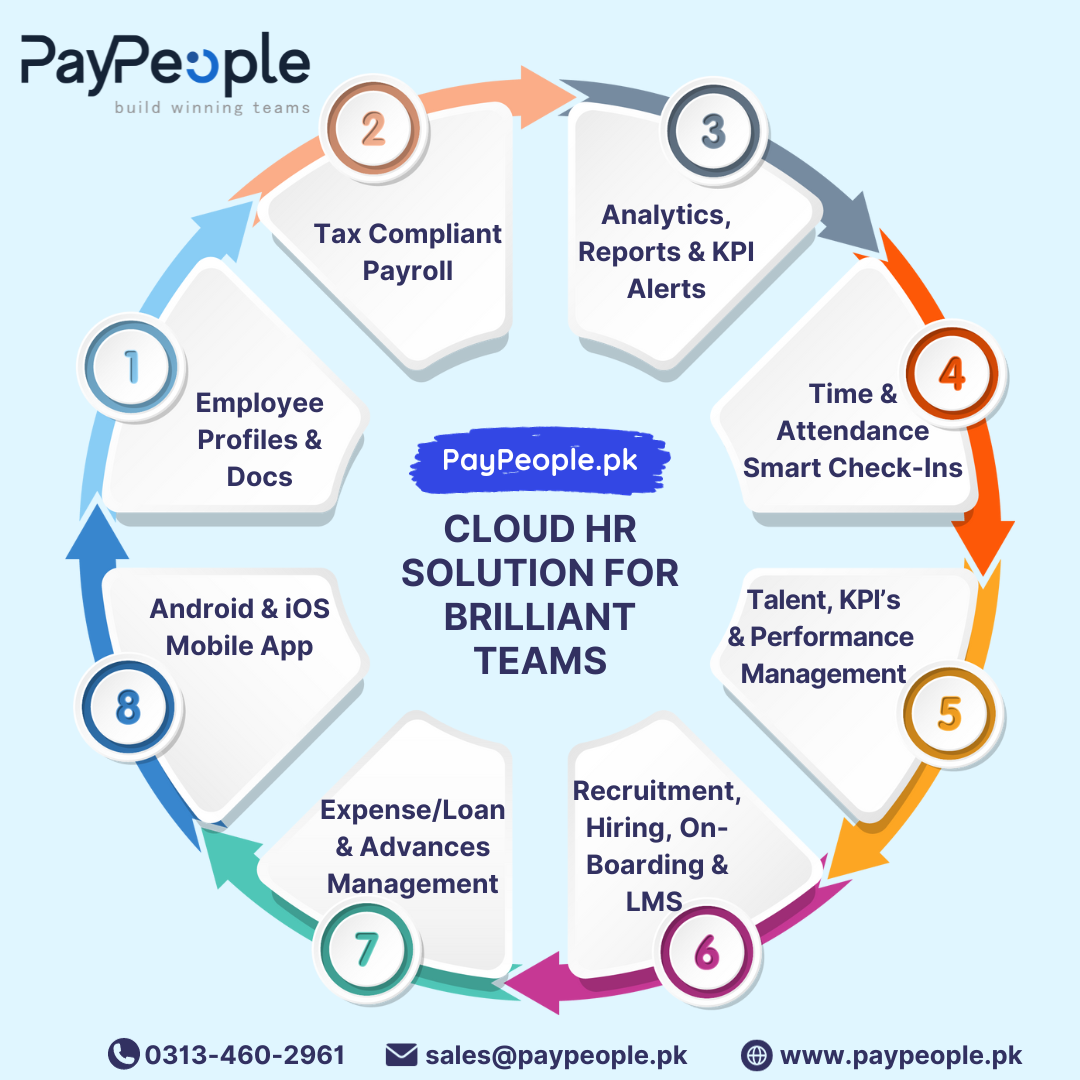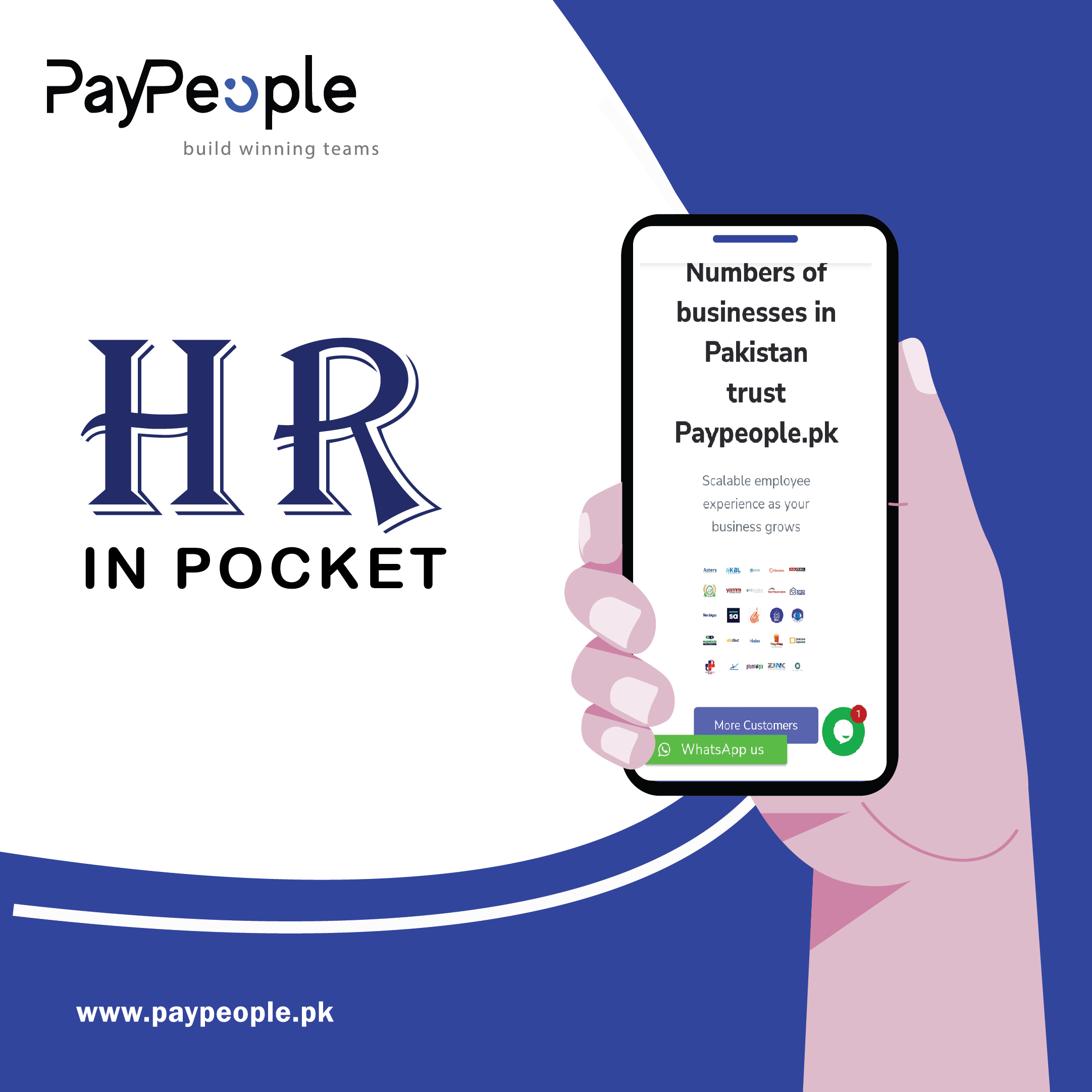Paypeople # 1 is one of the top KPI in the world that is constantly changing, Key Performance Indicators (KPIs) serve as vital measures of the performance and progress of a company toward its objectives. However, determining the ideal time to review and update the KPIs is an arduous task that requires careful thought. Some advocate frequent reviews to maintain flexibility, others advocate for more frequent reviews to enable meaningful insights to emerge. This article will examine the factors that affect how often KPI reviews and updates and offers suggestions to strike the optimal balance.
Click to Start Whatsapp Chat with Sales
Call #:+923333331225
Email: sales@Paypeople.pk
Paypeople # 1 KPI

How frequently should KPI be reviewed and updated?
Understanding the purpose of Key Performance Indicators
before diving into the frequency of review, it’s important to know the main objective of KPI. KPIs don’t stay static, they change in line with business goals as well as market dynamics as well as internal capacities. They function as compass points, aiding decisions and providing useful insights to improve performance.
Factors Influencing Review Frequency
The nature of KPIs
The KPIs are generally classified into leading and lagging indicators. The indicators that are lagging reflect the performance of the company (e.g. revenue) while leading indicators are able to predict future results (e.g. customer satisfaction). Leading indicators could require frequent review to allow for prompt course adjustments.
business cycle
the frequency of reviews can vary based on the company’s business cycle. In times of rapid growth or change periodic reviews could be required to ensure alignment with changing markets and priorities.
Industry Standards
Certain industries or regulatory requirements could determine specific review frequency requirements for KPI. Conformity to these standards is vital for ensuring compliance and comparison with competitors.


How frequently should KPI be reviewed and updated?
Technology and Data Accessibility
Advancements in technology have enabled real-time data monitoring and analysis. Businesses with solid data infrastructures may choose to conduct regular reviews in order to capitalize on quick data insights. for example.
Organizational Culture
The culture of an organization and its willingness to take on innovation and risk can influence what frequency is required for Performance Management in HRM reviews. Dynamic, agile cultures could prefer frequent reviews that encourage the ability to adapt and be responsive.
Balancing Depth and Frequency
Frequent reviews
Conducting regular, possibly monthly or quarterly reviews allows organizations to be flexible and adaptable to the changes. This is a good strategy for industries marked by rapid and unpredictable change, such as fashion retail and technology startups.
Regular Deep Dives
Alternatively, companies can opt for periodic, but less extensive reviews that are conducted on a bi-annual or annual basis. Deep dives are a great way to conduct deep analysis and strategic reflection uncovering the underlying patterns and trends.
Hybrid Approach
A hybrid approach incorporates elements of periodic and frequent reviews. Organizations can schedule periodic check-ins, while also reserving the time to conduct in-depth reviews at intervals that are strategic. This strategy achieves a balance between speed and analysis depth.
Implementing an effective review Methodology
Definition of clear review criteria
Establish criteria for reviewing HR Development performance, such as the thresholds to be successful and the escalation procedures for metrics that are not performing.
Engage stakeholders
Involve relevant stakeholders such as department managers, frontline employees as well as external partners, in the process of reviewing to ensure that there are diverse viewpoints and support.
Utilize Technology
Make use of dashboard and analytics tools to simplify data collection, visualization, and reporting, making it easier to make rapid decision-making.
Iterate and Adapt
Continuously assess the efficiency of the review process and alter your frequency of review and the format when required based on feedback and changing business requirements.
Case Studies
The company A
The company is a tech-based startup operating in a competitive market and conducts every month KPI reviews to monitor the level of engagement of its users. This frequency allows rapid improvement of products and strategies for marketing, resulting in constant improvement.
Company
An established manufacturing company opts to conduct bi-annual KPI reviews that align with its annual strategic scheduling cycles. This method allows for a thorough analysis of efficiency in production and optimization of supply chain which results in the long-term benefit of cost savings.
Finalization
The frequency of KPI reviews and updates must be customized to the particular features and goals of each business. While some organizations thrive on speed and instantaneous insights, others are more focused on strategic reflection and analysis. By understanding the factors that influence the frequency of reviews and adopting an effective review procedure organizations can tap into the potential of KPIs to boost continuous performance and gain a competitive edge in today’s competitive business environment.
Click to Start Whatsapp Chat with Sales


Call #:+923333331225
Email: sales@Paypeople.pk
We are one of the best How frequently should KPI be reviewed and updated? Price in Pakistan in Azad Kashmir, Bagh, Bhimber, khuiratta, Kotli, Mangla, Mirpur, Muzaffarabad, Plandri, Rawalakot, Punch, Balochistan, Amir Chah, Bazdar, Bela, Bellpat, Bagh, Burj, Chagai, Chah Sandan, Chakku, Chaman, Chhatr, updated on 2024-07-25T20:59:35+00:00 Dalbandin, Dera BugtiBarcode Shop offer lowest How frequently should KPI be reviewed and updated? Price Face Recognition in cities Dhana Sar, Diwana, Duki, Dushi, Duzab, Gajar, Gandava, Garhi Khairo, Garruck, Ghazluna, Girdan, Gulistan, Gwadar, Gwash, Hab Chauki, Hameedabad, Harnai, Hinglaj, Hoshab, Ispikan, Jhal, Jhal Jhao, Jhatpat, Jiwani, Kalandi, Kalat, Kamararod, Kanak, Kandi, Kanpur, Kapip, KapparWe can deliver Face Recognition in Karodi, Katuri, Kharan, Khuzdar, Kikki, updated on 2024-07-25T20:59:35+00:00 Kohan, Kohlu, Korak, Lahri, Lasbela, Liari, Loralai, Mach, Mand, Manguchar, Mashki Chah, Maslti, Mastung, Mekhtar, Merui, Mianez, Murgha Kibzai, Musa Khel Bazar, Nagha Kalat, Nal, Naseerabad, Nauroz Kalat, Nur Gamma, Nushki, Nuttal, Ormara, Palantuk, Panjgur, Pasni, Piharak, Pishin, Qamruddin Karez, Qila Abdullah, Qila Ladgasht and this was updated on 2024-07-25T20:59:35+00:00 We also deal with How frequently should KPI be reviewed and updated? Price in Qila Safed, Qila Saifullah, Quetta, Rakhni, Robat Thana, Rodkhan, Saindak, Sanjawi, Saruna, Shabaz Kalat, Shahpur, Sharam Jogizai, Shingar, Shorap, Sibi, Sonmiani, Spezand, Spintangi, Sui, Suntsar, Surab, Thalo, Tump, Turbat, Umarao, pirMahal, Uthal, Vitakri, Wadh, Washap, Wasjuk, Yakmach, Zhob, Federally Administered Northern Areas/FANAWe are already sent Face Recognition to these places – Astor, updated on 2024-07-25T20:59:35+00:00 Baramula, Hunza, Gilgit, Nagar, Skardu, Shangrila, Shandur, Federally Administered Tribal Areas/FATA, Bajaur, Hangu, Malakand, Miram Shah, Mohmand, Khyber, Kurram, North Waziristan, South Waziristan, Wana, NWFP, Abbottabad, Ayubia, Adezai, Banda Daud Shah, Bannu, Batagram, Birote, Buner, Chakdara, Charsadda, Chitral, Dargai, Darya Khan, Dera Ismail Khan and this was updated on 2024-07-25T20:59:35+00:00 we are planning to open a branch office of in Drasan, Drosh, Hangu, Haripur, Kalam, Karak, Khanaspur, Kohat, Kohistan, Lakki Marwat, Latamber, Lower Dir, Madyan, Malakand, Mansehra, Mardan, updated on 2024-07-25T20:59:35+00:00 Mastuj, Mongora, Nowshera, Paharpur, Peshawar, Saidu Sharif, Shangla, Sakesar, Swabi, Swat, Tangi, Tank, Thall, Tordher, Upper Dir, Punjab, Ahmedpur East, Ahmed Nager Chatha, Ali Pur, Arifwala, Attock, Basti Malook, BhagalchurFace Recognition in Bhalwal, Bahawalnagar, Bahawalpur, Bhaipheru, Bhakkar, Burewala, Chailianwala, Chakwal, Chichawatni, Chiniot, Chowk Azam, Chowk Sarwar Shaheed, Daska, Darya Khan, Dera Ghazi Khan, Derawar Fort, updated on 2024-07-25T20:59:35+00:00 Dhaular, Dina City, Dinga, Dipalpur, Faisalabad, Fateh Jang, Gadar, Ghakhar MandiFace Recognition How frequently should KPI be reviewed and updated? Price s Demands very high in Gujranwala, Gujrat, Gujar Khan, Hafizabad, Haroonabad, Hasilpur, Haveli Lakha, Jampur, Jhang, Jhelum, Kalabagh, Karor Lal Esan, Kasur, Kamalia, Kamokey, Khanewal, Khanpur, Kharian, Khushab, Kot Addu, Jahania, Jalla Araain, Jauharabad, Laar, Lahore, Lalamusa, Layyah, Lodhran, Mamoori, Mandi Bahauddin, Makhdoom Aali, Mandi Warburton, Mailsi, Mian Channu, Minawala, Mianwali, Multan, Murree, Muridke, Muzaffargarh, Narowal, Okara, Renala Khurd, Rajan Pur, Pak Pattan, Panjgur and this was updated on 2024-07-25T20:59:35+00:00 and current How frequently should KPI be reviewed and updated? Price of is Rs 100 in Pattoki, Pirmahal, Qila Didar Singh, Rabwah, Raiwind, Rajan Pur, Rahim Yar Khan, Rawalpindi, Rohri, Sadiqabad, Safdar Abad – (Dhaban Singh), Sahiwal, Sangla Hill, Samberial, Sarai Alamgir, Sargodha, Shakargarh, Shafqat Shaheed Chowk, Sheikhupura, Sialkot, Sohawa, Sooianwala, Sundar (city), Talagang, Tarbela, Takhtbai, Taxila, Toba Tek Singh, Vehari, Wah Cantonment, Wazirabad and this was updated on 2024-07-25T20:59:35+00:00 Software solutions are widely available with Price updated on 2024-07-25T20:59:35+00:00 in Sindh, Ali Bandar, Baden, Chachro, Dadu, Digri, Diplo, Dokri, Gadra, Ghanian, Ghauspur, Ghotki, Hala, Hyderabad, Islamkot, Jacobabad, Jamesabad, Jamshoro, Janghar, Jati (Mughalbhin), Jhudo, Jungshahi, Kandiaro, Lahore, Kashmor, Keti Bandar, Khairpur, updated on 2024-07-25T20:59:35+00:00 Khora, Klupro, Khokhropur, Korangi, Kotri, Kot Sarae, Larkana, Lund, Mathi, Matiari, Mehar, Mirpur Batoro, Mirpur Khas, Mirpur Sakro, updated on 2024-07-25T20:59:35+00:00 Mithi, MithaniThe Barcode Shop deliver high quality Face Recognition in updated on 2024-07-25T20:59:35+00:00 Moro, Nagar Parkar, Naushara, Naudero, Noushero Feroz, Nawabshah, Nazimabad, Naokot, Pendoo, Pokran, Qambar, Qazi Ahmad, Ranipur, Ratodero, Rohri, Saidu Sharif, Sakrand, Sanghar, Shadadkhot, Shahbandar, Shahdadpur, Shahpur Chakar, Shikarpur, Sujawal, Sukkur, Tando Adam, Tando Allahyar, Tando Bago, Tar Ahamd Rind, Thatta, Tujal, Umarkot, Veirwaro, Warah and this was updated on 2024-07-25T20:59:35+00:00
30-1-2024

